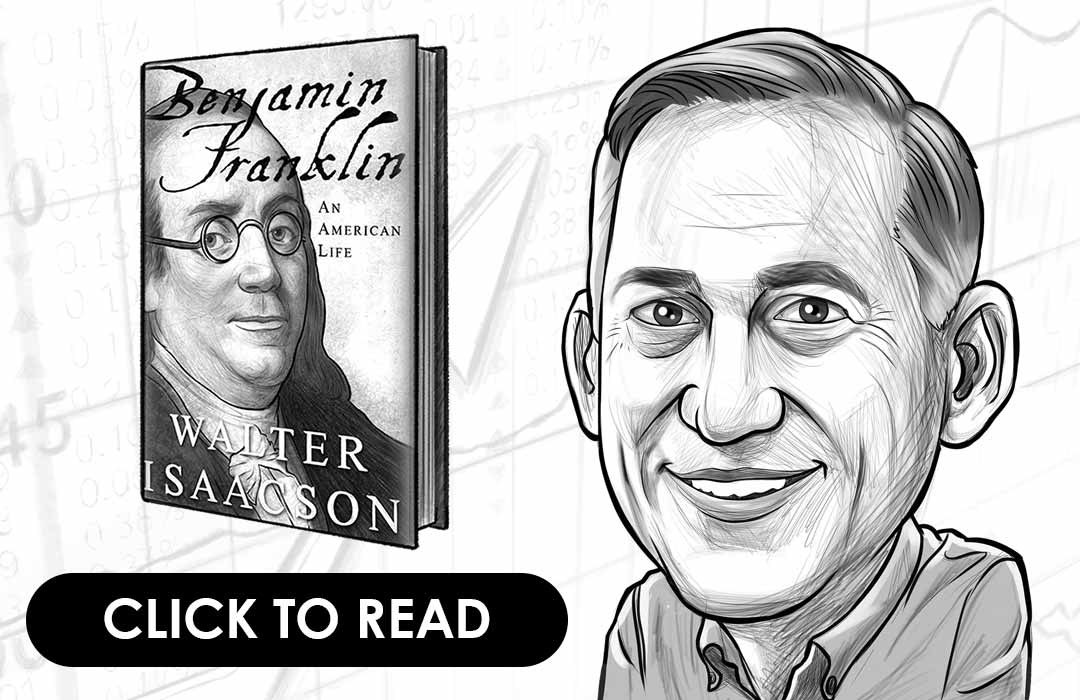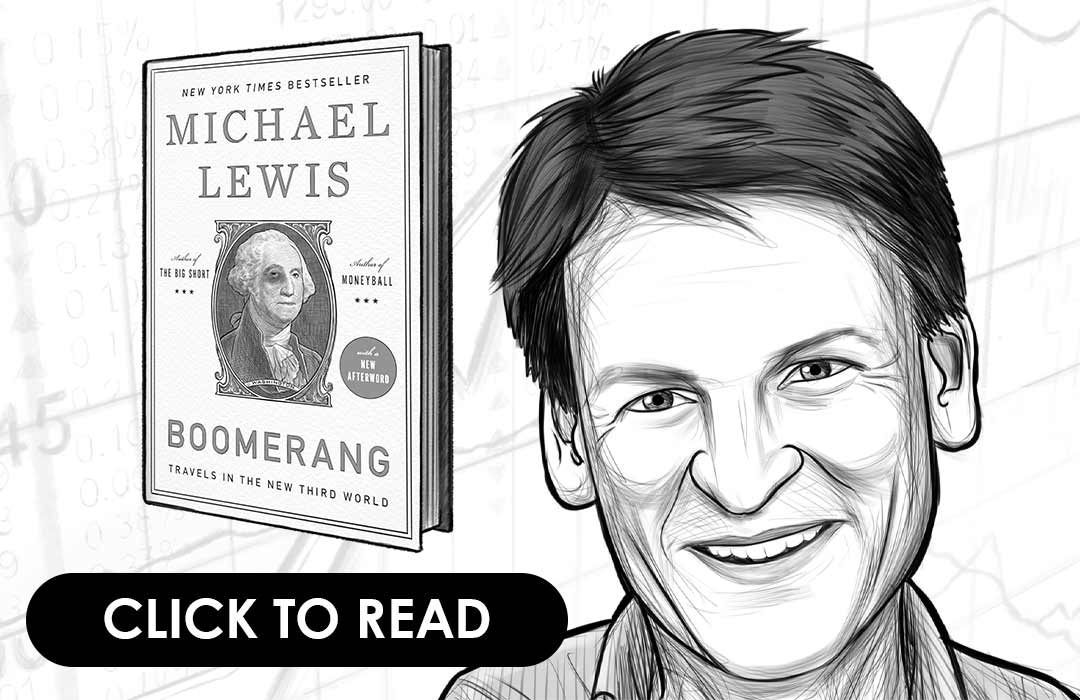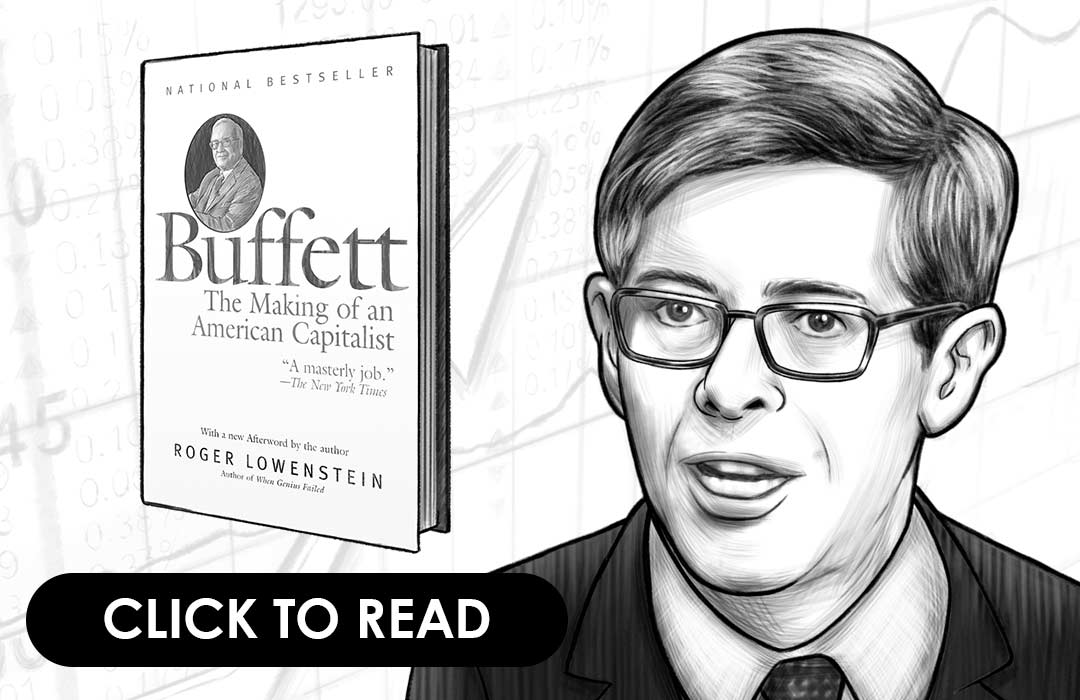An Executive Summary Of Call Me Ted
By Ted Turner
WHO IS TED TURNER?
Robert Ted Turner, born on November 19, 1938, is an American philanthropist and media mogul. While he is very famous for his gift of $1 billion to the United Nations, he is also the founder of CNN, TBS and other major media companies. If you want to learn how Turner became the most successful man in cable network history, you’ll want to review and read his personal biography: Call Me Ted.
PRESTON AND STIG’S GENERAL THOUGHTS ON CALL ME TED
When reading books by billionaires I either look for life lessons or business lessons. What did I learn from this book? A lot, but not from positive examples. If anything, I learned that I never want to be like Turner. Ted is definitely a very talented person that has achieved more than most people would ever dream, but to me his book appeared unbalanced. Very often, he seemed to justify bad decisions and priorities, especially about his family, rather than reflecting upon what he could have done differently, and what he personally learned by looking back on his life.
Despite Ted Turner’s impressive accomplishments, he appears to have made enormous personal compromises with his family and relationships. When reading his book, It doesn’t seem like he has been true to his own values, and in that sense, the book is an interesting studying and reflection tool for individuals seeking uncharacteristic business goals while also nurturing a family.
Understand the financial markets
in just a few minutes.
Get the daily email that makes understanding the financial markets
easy and enjoyable, for free.
CHAPTER 1: EARLY YEARS
In this chapter, Turner describes his early years where he was sent to a boarding school in Cincinnati when he was just 4 years old. It is quite touching because Turner says that the insecurities he felt as a child has followed him all through his life. After his family came back from the war, Ted went to live with them, but his father abused him and Turner’s problems didn’t seem to stop.
CHAPTER 2: MCCALLIE
Turner was sent to another academy named McCallie and he describes his experiences there. Since he was disheartened at the prospect of being away from home, he became quite a hell-‐raiser. Turner was usually up to mischief and also made some friends in the process. However, after his sister Mary Jean was diagnosed with a life-‐threatening disease, he completely changed himself.
CHAPTER 3: COLLEGE AND THE COAST GUARD
Slowly, Turner became passionate about sailing as it became an outlet for him to quench his hunger for athletics. He also enrolled into the Brown University after being rejected by Harvard. He was diligent and also helped his father with his billboard company. However, tough times followed and Turner lapsed back to his old ways of causing trouble again.
Added to his troubles was the fact that Jack was bad at math. It’s mandatory for Chinese students to pass the ‘gaokao’ – a highly difficult test – to be accepted at prestigious universities, but Jack failed twice at it. However, he was accepted at a local university that wasn’t considered the best. Jack continued to study well and was financed by the Morley family.
CHAPTER 4: BILLBOARDS
After spending some time in Florida when he was expelled from his college, Turner went back to his father to begin working fulltime in his billboard business, known as the Turner Advertising Company. It was there that he learnt more about running a business. He also learnt a great deal about customer relations at the age of 16. Within just 2 years, they had built the business to a level where they made $110,000 as revenue every year.
CHAPTER 5: TRAGEDY
Business went on in full speed for the Turners and they managed to become one of the largest billboard businesses in the South. However, things were sour for Turner in his personal life as he and his wife realized the mistake of getting married at a very young age. At this point, his father’s health began to decline after years of drinking and smoking. He also slipped into depression and was constantly worried about losing everything he’d built. Unfortunately, he committed suicide even though the business was doing well.
CHAPTER 6: PICKING UP THE PIECES
During his final days, Ed Turner (Ted Turner’s father) had agreed to sell all his recent acquisitions to Naegele who was his billboard competitor. Although Turner tried to explain that his father wasn’t himself when he made the deal, Naegele wasn’t moved and stuck to his deal. Turner has also inherited $1 million from his father, but it was in the form of assets. Desperate to save his company, Turner offered his company’s stocks to Naegele and he accepted his offer. Within a few months, Turner managed to make his payment and successfully saved his company.
CHAPTER 7: ON MY OWN
Turner continued to run his business well and also made a few acquisitions. He had two children but problems in his marital life made him divorce his wife Judy. With the billboard business under pressure, Turner Advertising also merged with radio stations and tried to expand their business. He remarried to Janie and also took the custody of his two children.
CHAPTER 8: SAILING GETS SERIOUS
Turner became more serious about sailing and gathered his own crew with Irwin Mazo as the navigator. They encountered an experience where they nearly died when they set out on a night with a bad weather. However, this didn’t daunt Turner and he continued to sail as it was his passion.
CHAPTER 9: WTCG: “WATCH THIS CHANNEL GROW”
Turner began to develop interest in buying a TV station named WJRJ, especially after he felt that the television was the future. Although the board was reluctant, Turner wore them down and bought the station. When he realized that they were losing money due to lazy employees and bad shows, he began working on the channel earnestly and successfully turned it into a profitable one.
CHAPTER 10: THE BRAVES
Although Turner had his hands full, he bought the Atlanta Braves – a baseball team – since he felt that his company would gain a lot more recognition. The Braves would make them lose a million dollars a year, but Turner felt that it was a good investment. He learned everything he could about the game and also changed the way the teams worked. However, he did get into a lot of trouble and had to face a few problems.
CHAPTER 11: THE SUPERSTATION
Turner wanted to expand WTCG (changed from WJRJ) beyond Atlanta. It was tough to convince customers to pay when they were already accustomed to it for free. However, they did succeed and WTCG was introduced to Florida, Tuscalosa, Alabama and many other places. When the company realized that they weren’t making as much money as they expected, they turned to direct response advertisements and although it was amateurish, they did end up making money. Turner named the station as “SuperStation” and WTCG was changed to WTBS.
CHAPTER 12: THE AMERICA’S CUP
Turner had reached a point where he was competing against the world’s best sailors. He’d received various accolades including the SORC and other competitions that were rather high profile. With high hopes, Turner and his team decided to try for America’s Cup. However, since their boat was a little slow, they were beaten and Turner describes the hard times he endured during this phase in his life. Later, Turner and his crew did win the trophy, proving that there’s no substitute for hard work.
CHAPTER 13: CABLE NEWS NETWORK
In this chapter, Turner talks about his foray into cable news. There wasn’t a lot of competition, so it seemed like the most logical thing to do. Although the channel did broadcast news, it was done mostly to retain their license and was usually entertaining. They decided to name it as Cable News Network (CNN) and the primary reason to launch it was to help people watch news whenever they wanted to.
CHAPTER 14: FASTNET
Again, Turner was lured back to his passion of sailing. This time, he worked hard to win the Fastnet Cup that held a number of competitions. This was different from America’s Cup and Turner wanted to win it more than ever. During the race, the crew ran into a series of problems including a storm that threatened to submerge them, but they managed to finish in the first place!
CHAPTER 15: CNN LAUNCH
After Turner returned from the race, he got busy with the CNN launch. The only problem was that there wasn’t a lot of capital and he had to either sell his stocks and billboards or borrow money. A series of events followed with quite a bit of chaos and Turner Broadcasting finally sued RCA since they had breached the contract. Finally, CNN went on air and Turner had added another feather to his cap.
Understand the financial markets
in just a few minutes.
Get the daily email that makes understanding the financial markets
easy and enjoyable, for free.
CHAPTER 16: A DAGGER POINTED AT OUR HEART
Turner was facing a lot of pressure on all fronts. With CNN losing more money than they had expected, things were becoming worse for them. Additionally, sailing also took a toll on Turner as they lost the races repeatedly. Therefore, he decided to retire from sailing with a heavy heart. He began to focus all his attention on CNN since he believed that it could change the world.
CHAPTER 17: WORLD CITIZEN
Turner also had some interest in world affairs. Thanks to CNN, he was invited by Fidel Castro for a casual meeting. It was after his meeting that Turner realized that he could turn CNN into a successful news business internationally. SuperStation also aired documentaries and it was no more a general channel that simply aired sports and other shows.
CHAPTER 18: THE GOODWILL GAMES
During his visit to the Soviet Union, Turner was disappointed that there were a lot of differences between Russia and the US, especially in sports. Once Russia made it clear that they wouldn’t participate in games held in LA, Turner felt that it would be wonderful to create games that would allow both Russia and USA to participate together. He named this as the “Goodwill Games.”
CHAPTER 19: CBS
CNN, SuperStation and Headline News were beginning to grow into profitable businesses, but Turner wanted to merge with the giants – CBS, ABC and NBC – who had a lot of dominance in the broadcast network, mainly to reduce the competition. However, he was rejected because they didn’t want an outsider amongst them. This made Turner pursue CBS and he describes the entire sequence of events in a fascinating way. Finally, he bought MGM, which was a complete shocker to everyone else who was involved.
CHAPTER 20: MGM
In this chapter, Turner describes how he bought MGM in detail. While he was fighting with CBS in New York, he had entertained the idea of merging with a movie studio, instead of a network. It was better for him in all aspects. This way, he would reduce competition and would work with the studio as one company, rather than competing against each other and ruining the business.
CHAPTER 21: THE CABLE OPERATORS
Turner turned his attention to other cable operators since things didn’t go do well with MGM either. 30 odd companies bought the company’s shares for $567 million, which amounted to 37% of the shares. This also included TCI, Time Inc. and other big cable operators and Turner regrets that he gave up the veto power to them. Later in 1988, they collectively launched TNT.
CHAPTER 22: MEETING JANE FONDA
In this section, Turner talks about how important it is for him to keep doing something or the other. Even if he’s taking a long, relaxing walk, his mind is churning out ideas and he always sets higher goals to accomplish them. Although he was great at business, he regrets that his personal relationships couldn’t account to the same. After his second divorce, he met Jane Fonda and was completely smitten.
CHAPTER 23: “GIVE ME LAND, LOTS OF LAND”
Here, Turner talks about the fascination he developed for land, especially after he bought the Bar None Ranch. His passion was to preserve the natural habitat of the lands and went out of his way to do that. Not only did he buy 2 ranches in Montana, but he also bought three more in Nebraska. He also proceeded to buy some more land in New Mexico, which amounted to about 1 million acres.
CHAPTER 24: THE GULF WAR
In this chapter, Turner talks about the developments made by CNN during the Gulf War. During the time, CNN was doing a pretty good job as a news channel and had a solid infrastructure. Burt Reinhardt was replaced by Tom Johnson as the CEO. While other channels covered the war from afar, CNN was in the midst of it.
CHAPTER 25: MOVIES AND CARTOONS
Turner talks about how wanted to foray into other areas of entertainment including cartoons. Cartoons fetched good ratings and it was amazing to teach children to preserve the planet. This is when they launched “Captain Planet”, a show that was meant to educate children.
CHAPTER 26: NETWORKING
Turner still kept up his attempts to buy a network and quietly discussed things with CBS, NBC and ABC. Capital Cities had bought ABC and Turner felt that it would be spectacular if they merged with his company; however, thanks to his meeting with Warren Buffett and Tom Murphy who weren’t interested in buying a studio, the deal didn’t go on.
CHAPTER 27: TIME WARNER MERGER
CNN was going strong during 1995 and Turner wanted to obtain a broadcast network, but Time Warner wasn’t interested and constantly blocked him. Turner was not only disappointed, but he also felt that his enemies were right in the midst of them. Basically, he felt tired and didn’t think much about giving up control.
CHAPTER 28: THE NEW TIME WARNER
The Atlanta Braves finally won the World Series Championship after about twenty years. His marriage to Jane Fonda was also progressing well and Turner was all set to integrate his company into Time Warner. The merger changed many things and even Turner’s own son was laid off when his home video division seemed redundant.
CHAPTER 29: BILLION-DOLLAR GIFT
Turner has a philanthropic side and he has helped several organizations help needy people. He felt that the UN was a wonderful organization that helped several countries in the world and since the US owed almost $1 billion to the UN, he felt that he could donate the same amount and make a difference.
CHAPTER 30: TRANSITIONS
During the late 90s, Turner had to keep up with the emerging influence of the internet. There were quite a few high profile businesses popping up while raising huge amounts of money in record time. Desperate to save Time Warner, Jerry Levin created Time Warner Digital Group to maintain that they weren’t the “old media” anymore.
CHAPTER 31: AOL: PHASED OUT AND FENCED IN
Turner’s relationship with Jane had turned sour and they divorced each other. Amidst all this, Time Warner was being merged with AOL ($160 billion – biggest corporate merger) and Turner supported the decision reluctantly. However, it was a bad time for AOL Time Warner as the stocks that were rising were now starting to plummet.
CHAPTER 32: STEPPING AWAY
Problems began mounting out for AOL Time Warner and stocks were down to $30 per share. Turner was also troubled that his inputs were no longer requested. Jerry Levin resigned and many people felt that Turner could take up the position as the CEO; however, this wasn’t desirable to Turner. Shortly thereafter, he decided to resign from the company because he saw no point in hanging around anymore.
Understand the financial markets
in just a few minutes.
Get the daily email that makes understanding the financial markets
easy and enjoyable, for free.
CHAPTER 33: ONWARD AND UPWARD
After resigning from the company, Turner spent his time on other pressing problems and was more philanthropic in his approach to life. He also spent hours thinking about the growing problems between Russia and the US and committed to about $250 million for an initiative that revolved around Nuclear Wars.







